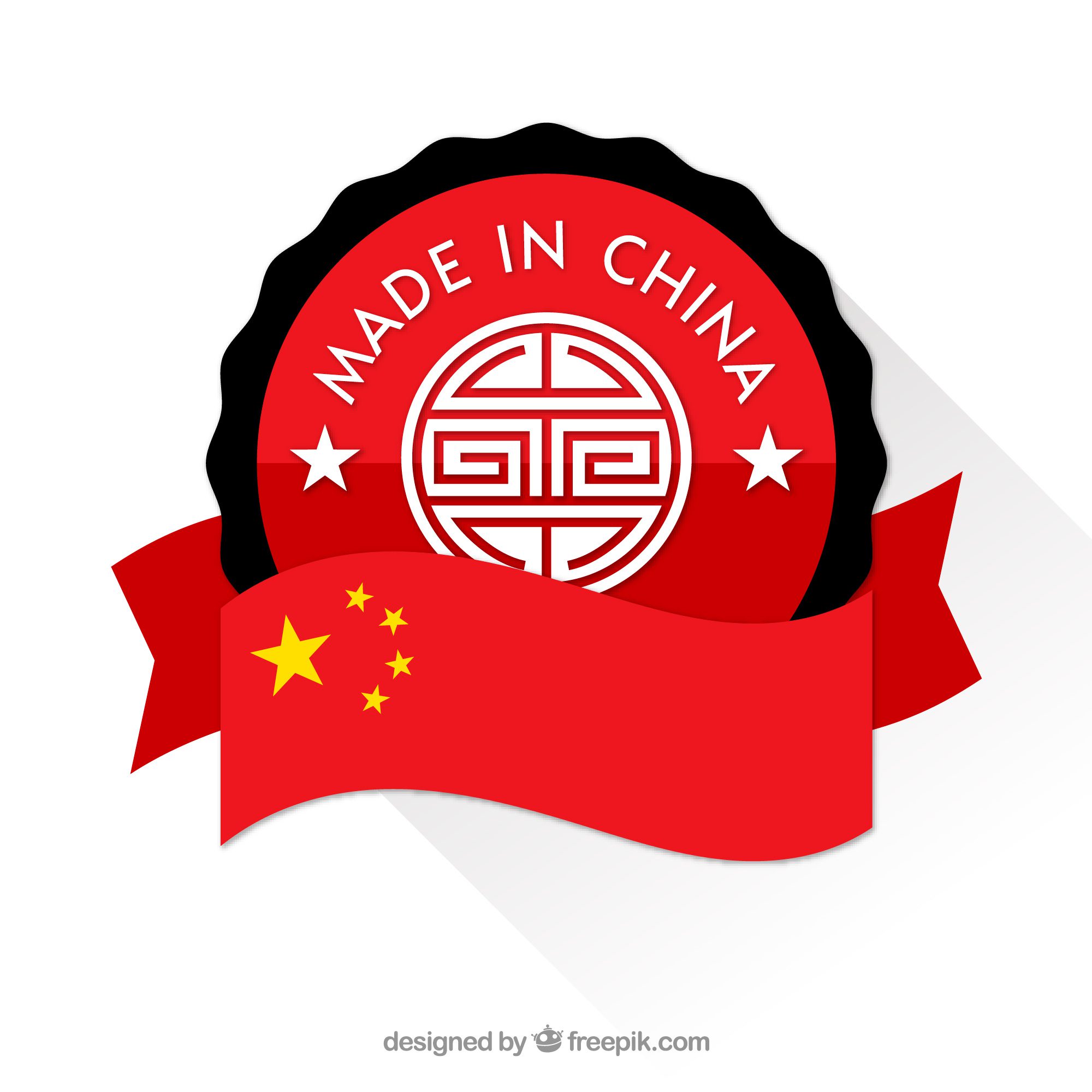We all seem to have heard the intriguing word of ‘showrooming’ some time recently, term that stands for consumers going to a physical store to see, touch, and test a product before buying it somewhere else, in most likelihood from an online store of a competitor retailer. Showrooming has been a buzzword for some time now and it is making some retailers very nervous. News article titles, ‘The Next Victims of Showrooming’ or ‘Retailers Stand to Suffer from ‘Showrooming,’ paint a rather grim picture for retailers. Is it really the case?
According to the 2013 TNS Mobile Life Study, some 30% of shoppers globally admit to showrooming, with an estimated 20% of them using mobile phones while doing it, in search of price comparisons, product specifications, consumer reviews, expert opinions, checking product availability in different stores, etc. Although showrooming is increasingly a worry for retailers, they might take relief from the fact that, at least for now, consumers still prefer to get product details from a store assistant, than to look up the information online. European consumers are particularly attached to shop assistants – over 50% of consumers prefer interacting with store staff over getting the information on their phone, with the ratio being as high as over 65% in some European countries, e.g. Poland. What retailers are unhappy to hear, is that this ratio is expected to continue to decline, as the penetration of smartphones increases, shopping and comparison applications proliferate, and consumers get familiar and comfortable with using them on a daily basis.
Online stores don’t mind at all
Obviously, online retailers are very eager to take advantage of this new trend, and encourage consumers to use their sites to compare prices and make final purchases. Some online stores, e.g. Amazon, offer free apps to check prices in their store and offer special discounts if the user purchases from them after using their price-check application.
Some online retailers go even beyond that. Bonobos, men clothing online retailer, made the headlines recently by opening “stores that don’t sell anything”, as quoted by USA Today. These ‘Guideshops’, which are regular brick-and-mortar locations, are used just to showcase the online offer, allow customers to feel the fabric, check the sizes, and try on the clothes, before purchasing them online. It seems silly and contradictive to the essence of online shopping, but Bonobos appears to have gotten on the path to strategically benefit from the showrooming trend.
Traditional retailers still slow to react
There is no way the showrooming (and e-tailing) will come to a halt and magically disappear to the satisfaction of traditional retailers. Thus, it is clear the retailers cannot just sit and wait for the trouble clouds to go away, as they risk becoming a showroom with high foot traffic with no sales to justify their operations. Physical, traditional retailing will inevitably decline to some extent, so the retailers must devise strategies to tackle the issue head on – fight it or embrace it.
We have already seen retailers’ attempts to counteract the showrooming. Some of them started charging an entry fee – for just looking through the products in the shop, a fee later deducted from the final bill if any purchase is made.
Overall, it’s neither good nor bad, depending on whether you view it as the death of physical retail or a kick to traditional retailers to innovate their cross-channel experience. Those who are tackling it head-on may actually consider showrooming the future of retail.” – Brian Gillespie, Continuum, Global Innovation and Design Consultancy, for Mashable.com, May 2013
Needless to say, such approach is likely to be very successful in limiting showrooming – and probably overall sales as well. There will be a group of consumers, who will never come in the shop that carries notification of entry fee on its door. People who will enter, but won’t find anything worth buying, will be left unsatisfied with spending money on… nothing in return. It can be fairly assumed that this group of consumers will not be converted into customers later on.
Customer experience is the key
The smarter option (though not necessarily an easier or cheaper one) is to deal with reality by embracing the new trend. With good strategic thinking, investment and willingness to change the way customer is handled day-to-day, showrooming can probably be flipped to an advantage, or at least considerably neutralized. Let’s look at some ideas of what retailers can and should do in this uneven battle with showrooming.
The key weapon, currently underutilized by many retailers, which should be improved and used against showrooming, is customer experience. Some industry experts say that it is not the price, but the lack of great experience in physical shops that is the key driver pushing consumers to buy online.
E-commerce is not the reason people don’t shop in the store. Customers come to a retail environment for the recognition.” – Jean-Pierre Lacroix, president of Shikatani Lacroix Design, for Stores Magazine, March 2013
If they lack the right experience, they focus on other criteria for store choice, such as price or convenience, which allow online stores to win growing share of consumers’ wallets. Industry experts indicate that excellent in-store experience can become the key weapon in retailers’ hands:
-
Engage with ‘showroomers’, as since they are showrooming and browsing, it means they have been hooked to the idea of purchase and are actively considering buying a given product. More importantly, they are already in your shop. Look for ways to engage with the ‘showroomers’, and you might be able to convert them into your customer. Reward them for already being at your store – offer better discounts, deals on immediate purchases, etc. available to those who are already in.
-
Online-enable the store. Encouraging online presence in your store might sound crazy. However, your store might be a physical location, but it does not mean it is cut off from the outer world. Don’t expect the customers to go off-line when they are in your brick-and-mortar shop – they probably stay online all the time. Entwine online experience with your in-store experience. Introduce store mode of your website, ability to connect via WIFI when on the premises, reward with deals accessible via this mode for purchases from the physical shop
-
Make it speak. Instead of placing product info in print on the shelf, allow customers to browse product information via their smartphone (or self-operated information kiosks on the store floor), searching via QR and barcodes, linking to interactive content available on the in-store mode website, including product specifications, reviews, additional content, e.g. virtual fitting rooms for clothes or visualization for furniture purchases, interactive maps guiding the customer through the store to specific products
-
Revamp the role of your floor staff. They are not there just to show the customer down the aisle, answer basic questions about the product, and ring the register bell. The staff is the element that can really make the difference, engage and capture the customer. The key here is to wow the customer with helpful and knowledgeable assistants, who offer depth of information that goes beyond what a typical consumer can anyway find online. Invest in turning your assistants into ‘mobile points of service’, that is create tablets and smartphones-equipped staff with access to CRM and product data, and provide them with certain level of autonomy to offer special discounts and other deals right on the spot when interacting with individual customer
-
In large stores, where self-service naturally dominates (e.g. groceries), invest in precision retailing. Your customers are probably enjoying the level of personalization when shopping on Amazon and the likes, so it is time to start using your big data effectively. Some developers already offer cloud-based enterprise solutions allowing for one-to-one, real-time retailing personalization, which includes personalized content allowing for virtual shopping lists, special offers presented at the point of decision in the shop, deals tailored depending on the past purchase history, shopping frequency, etc.
Retailers can also opt for other weapons, not necessarily linked directly to the customer in-store experience, but rather ways to attract them to come through the door:
-
Use technology to draw customers – adopt geo-location solutions and use GPS or NFC technologies to make yourself visible to the consumers remaining near your store
-
If you can afford it – try price matching. While customer experience might be the selling point of physical experience, a lot of customers are price-oriented after all. This might be dangerous to the margins, so not all retailers are able to afford this strategy
-
Emphasize the advantage of immediacy in two meanings. First, immediacy of information across all senses: the customer gets the information about the product (especially if in-store information incorporates elements of digital media and is as diverse and exhaustive as online) and can feel and try the product at the same time, something that online shopping will never be able to offer. Second, once the purchase decision is made, customers in general would prefer to get the product right away. This is a huge advantage for physical shops, where no shopping time has to be added (as still rather few online stores are able to execute ‘same-day-delivery’ on most of their products)
-
Make it exclusive by carrying unique products, limited editions, products with customized content, which will make it impossible to compare prices with other retailers and will attract the traffic towards your door. Unique products alone will not support all your sales, but will drive some level of unplanned purchases that are made ‘by-the-way’
There is no way to say which physical retailers will be able to withstand the pressures of the showrooming trend, and what mix of tactics will turn most successful. Showrooming potential to negatively impact retail industry indicates that it should be treated seriously, and dealt with by strategic solutions rather than immediate measures. The development of comprehensive solutions should therefore be a task for retailers’ strategy top executives, and must go far beyond attacking consumers for their willingness to participate in this trend.













